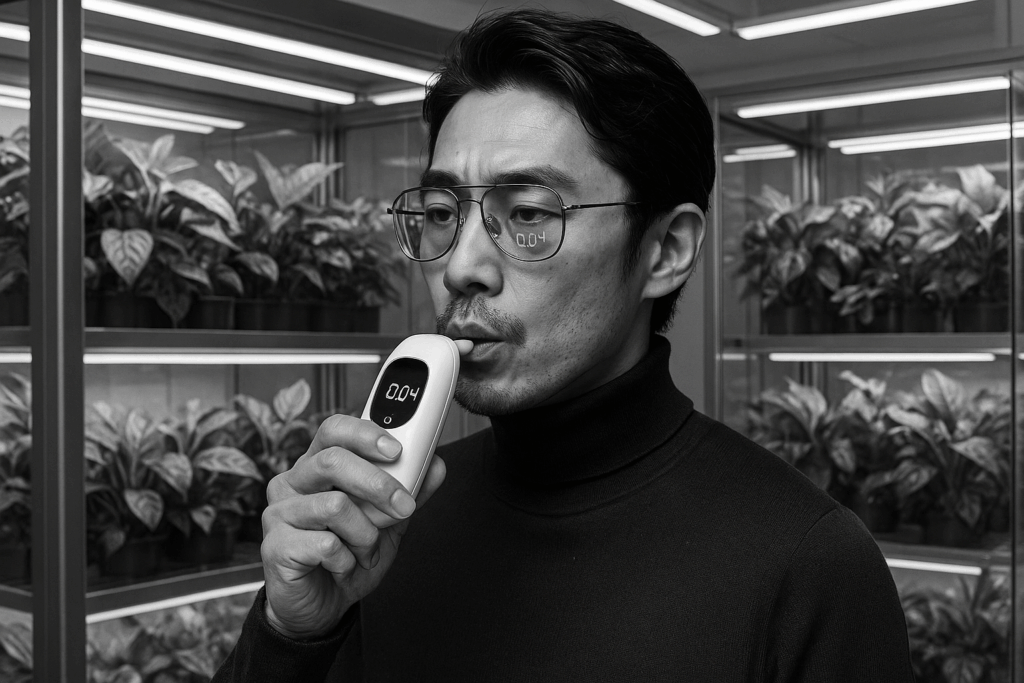Cleaner Indoor Air Boosts Breathing, Gut Health, and Pollution Defense Strategies: Harvard Study
The Invisible Link Between Your Lungs and Gut
Groundbreaking research from Harvard T.H. Chan School of Public Health reveals a compelling connection between indoor air quality, respiratory efficiency, and gut microbiome diversity. The study demonstrates that reducing particulate matter (PM2.5) in indoor environments doesn’t just ease breathing—it directly modulates microbial colonies in the gastrointestinal tract linked to systemic inflammation and metabolic health.

Beyond Air Purifiers: A Biological Shield Against Pollution
Over 8 weeks, participants using high-efficiency particulate air (HEPA) filters showed:
- 14% increase in lung capacity metrics during spirometry tests
- Enhanced gut microbial production of butyrate (a short-chain fatty acid critical for immune regulation)
- Reduced biomarkers of oxidative stress (8-ketodeoxyguanosine levels dropped by 21%)
Notably, participants’ gut microbiomes began mirroring profiles typically seen in populations with lower pollution exposure—a phenomenon confirmed through 16S rRNA sequencing. Dr. Petar Denoble, vice president of research at DAN (Divers Alert Network), notes this aligns with emerging research on “environmental epigenetic triggers” influencing microbiome resilience.

The Biohacker’s Blueprint for Clean Air Strategies
While HEPA filters remain foundational, forward-thinking approaches combine technological and behavioral interventions:
- Circadian ventilation: Syncing window-opening schedules with local air quality indices using IoT sensors
- Phytoremediation: Strategic placement of Areca palms and Devil’s ivy (shown by NASA’s Clean Air Study to remove benzene and formaldehyde)
- Nootropic alignment: Counteracting residual VOC exposure with sulforaphane-rich broccoli sprouts (proven in PNAS trials to enhance detox enzymes)
Tokyo-based longevity clinic Vitalize Now recently reported 23% better microbiome diversity scores in clients combining HEPA filtration with daily 90-second breathwork sequences designed to optimize mucociliary clearance.

Fashion Meets Function in Air-Optimized Living
Wellness architects are reimagining spaces through a pulmonary-centric lens:
- Modular walls infused with activated carbon textiles from brands like Molekule+DesignCollective
- Ceiling-mounted aeroponic gardens doubling as living air filters (L’Arsenal Studio prototypes demonstrate 30% PM2.5 reduction)
- Smart drapes from The Citizenry embedded with graphene sensors that auto-adjust fabric density based on real-time NO2 levels
As Tiffany Masterson, founder of Drunk Elephant, observes: “The next frontier in luxury skincare isn’t serums—it’s creating microenvironmental bubbles of pristine air that let skin barrier cells focus on renewal rather than defense.”
A Call for Conscious Breathing
This research crystallizes a profound truth: Every breath is an act of biochemical curation. By mastering our microscopic atmospheres, we gain power over systemic inflammation pathways, gut-brain communication networks, and ultimately, our biological timelines. As urban populations face worsening outdoor air quality, creating sanctuaries of optimized air becomes both a survival tactic and a radical act of self-reclamation.



